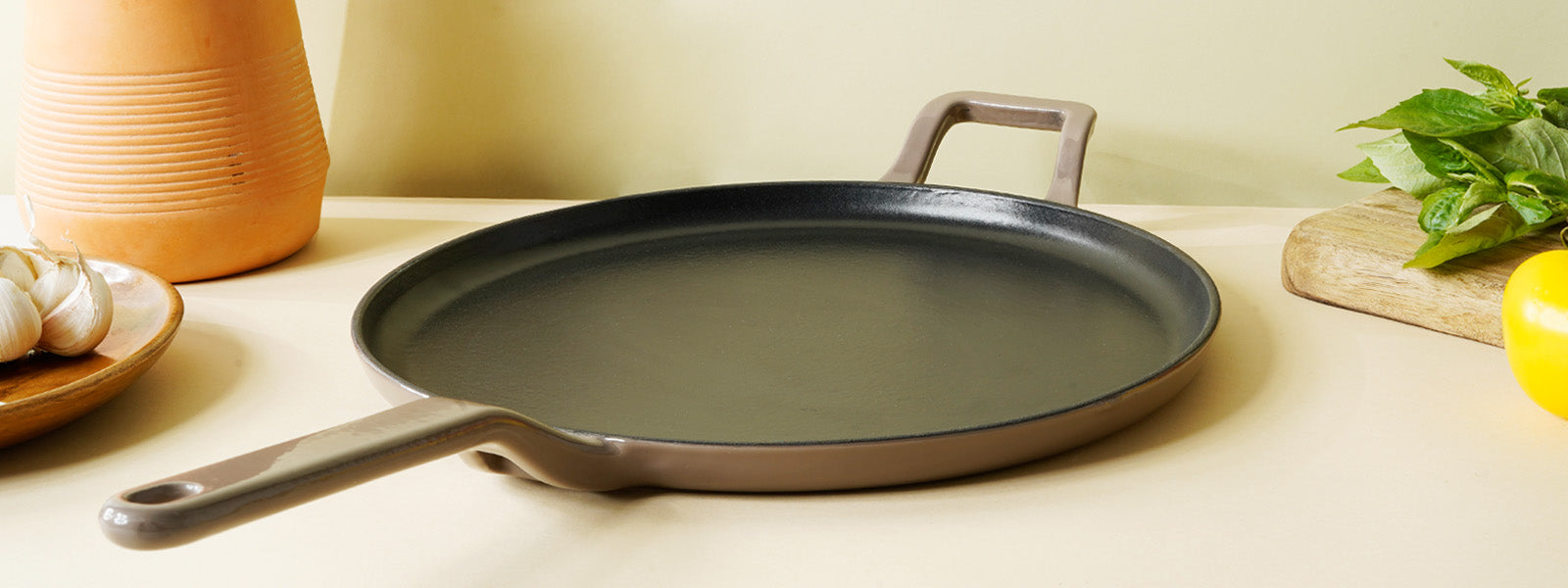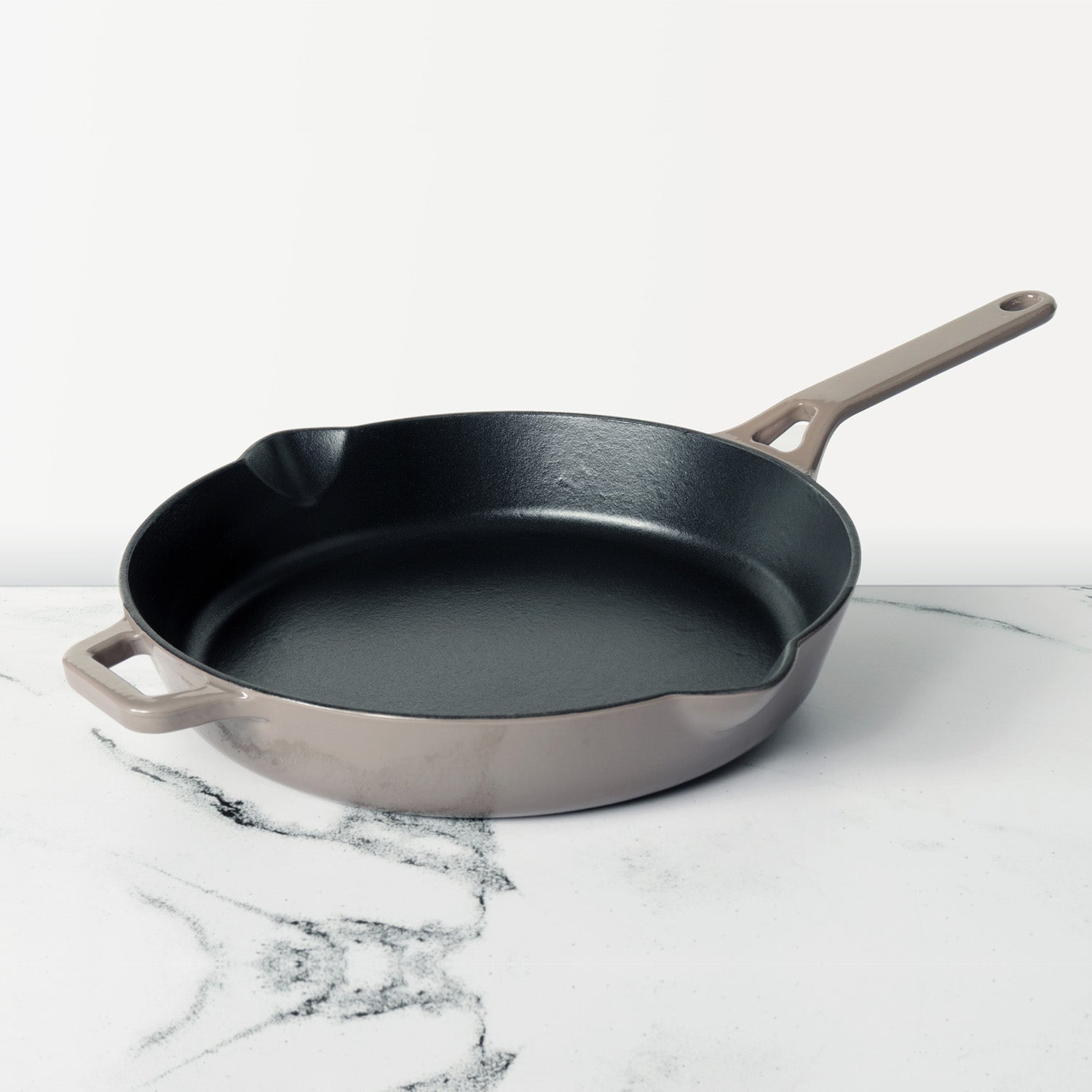Apamarga, also called Prickly chaff flower, Chirchita, Apang, or Devil's horsewhip, is a powerful healing plant in Ayurveda. It grows in tropical places like Asia and Australia, usually at an altitude of 900m. This plant is well-known because its spores, which look like tiny spines, stick to clothes and are hard to get off. Because Chirchita is so good for your health, it is one of the most important herbs in Ayurveda.
Table of Contents
Apamarga plant description:
Apamarga is an annual or perennial herb with a small, straight stem and a woody base. It grows to a height of about 2 metres. It has purple stems that are simple, pointy, and ribbed.
The leaves are oval and attached on both sides to the stem. The flowers of Achyranthes Aspera are greenish white, and the seeds are a reddish brown colour. At the bottom, the seeds stay round.
Apamarga in Ayurveda:
In Ayurveda, the seeds, flowers, and leaves are all used to treat illnesses. Apamarg Tanduliya is the name of a whole chapter in Ayurvedic texts like the Chakra Samhita. Ayurveda says that it brings the Kapha and Vata doshas in the body into balance. It tastes sharp and bitter and is very strong. It has more alkaloids, essential oils, tannins, glycosides, and ecdysterone than most other plants. It is also antibacterial, antifungal, a laxative, an antioxidant, a diuretic, a pain reliever, and an antipoison.
Apamarga is an important Ayurvedic herb that is easy to find and is talked about in the Vedas. Apamarga is also called a prickly chaff flower. Its scientific name is Achyranthes Aspera Linn. It is a tall, spreading herb with many branches that lives for many years. People often call this plant chaff flower, prickly chaff flower, or devil's horsewhip. It can grow up to 6 or 7 feet tall. The root, seeds, leaves, flowers, and fruits of the plant, as well as all of its other parts, have been used to make medicines. It lives mostly in warm, tropical places in Asia and Africa. It can also be found in America and Australia, as well as in Ceylon and Balochistan. In India, it mostly grows wild on the sides of roads.
In Ayurveda, Apamarga has been used for a long time as an anti-inflammatory. It can help with things like haemorrhoids, upset stomach, anaemia, jaundice, and snakebite. In traditional Indian medicine, it is used to treat cough, bronchitis, rheumatism, malarial fever, dysentery, asthma, high blood pressure, and diabetes. Atharvaveda says that Apamarga is the Lord of all plants that grow on earth. It cures infertility, physical weakness, and death. Apamarga gets rid of sickness in the body. Ayurveda says that it is best for Shiro Virechana and can also help with Karna Roga, worm infections, Pandu, and many other diseases. It keeps Kapha and Vata doshas in balance. Apamarga is used as a powder, a paste, and a medicine called Svarasa (fresh juice). There are two different kinds of Apamarg: White Apamarg (Achyranthes aspera) and Red Apamarg (Puppalia lappaceae).
Health benefits of Apamarga
- Apamarga is good for your digestion
Apamarga is good for your health in many ways, but one of the most important is that it helps your digestive health. It gets rid of the ama toxin in the body and helps the metabolism work better. The Apamarga flower can be used to make a decoction that can help with colic pain, stomach problems, and bloating.
- Apamarga is good for your heart
In Ayurveda, Apamarga is thought of as a Hridya. It helps improve the health of the heart by getting rid of the cholesterol deposits that build up on the heart and make it hard for blood to flow. It also helps the heart do its job better.
- Apamarga helps urinate more
Apamarga is a natural way to treat problems with the kidneys. It can help people who have trouble going to the bathroom because it makes them pee more. It also breaks down and gets rid of stones in the kidneys and urinary bladder and helps with other kidney problems.
- Apamarga for bites from animals
Apamarga is thought to be one of the best herbs used in Ayurveda to treat animal bites. This herb is a good natural treatment for snake, dog, and scorpion bites because it fights poison. The pulp of the Apamarga leaves is put on the area that hurts to get relief right away.
- Apamarga cure Cough
Apamarga is a strong remedy for colds. It helps break up mucus in the lungs and throat so that it can be passed out of the body. It also helps with frequent coughing and coughing fits.
- Apamarga Controls hunger
The vata and kapha doshas in the body can be kept in check by the Apamarga tree. This herb can be used to treat diseases in which uncontrollable hunger is a symptom. Make Apamarg porridge and give it to the patient. They will soon feel better after being sick. Also, you can break down the "ama" in your body, which is the food in your GI tract that hasn't been broken down yet.
- Apamarga Cleanse the body
This is a powerful herb that helps the whole body get rid of toxins. You can get rid of all the extra kapha and vata in the body.
- Helps in overall wellbeing
If you have been throwing up a lot, you can use the herb to help. It will make you feel better quickly if you are feeling sick. The way the herb works on small cuts, scrapes, and wounds on the skin helps them heal faster.











Leave a comment